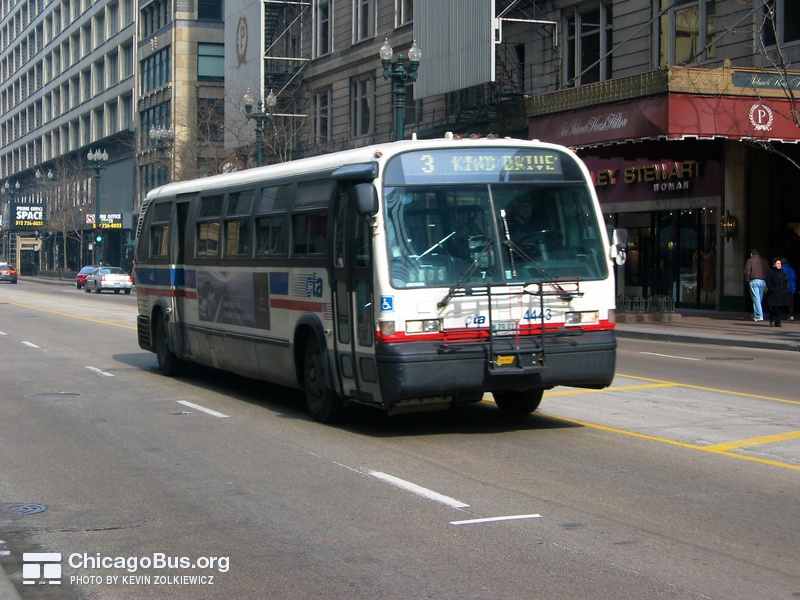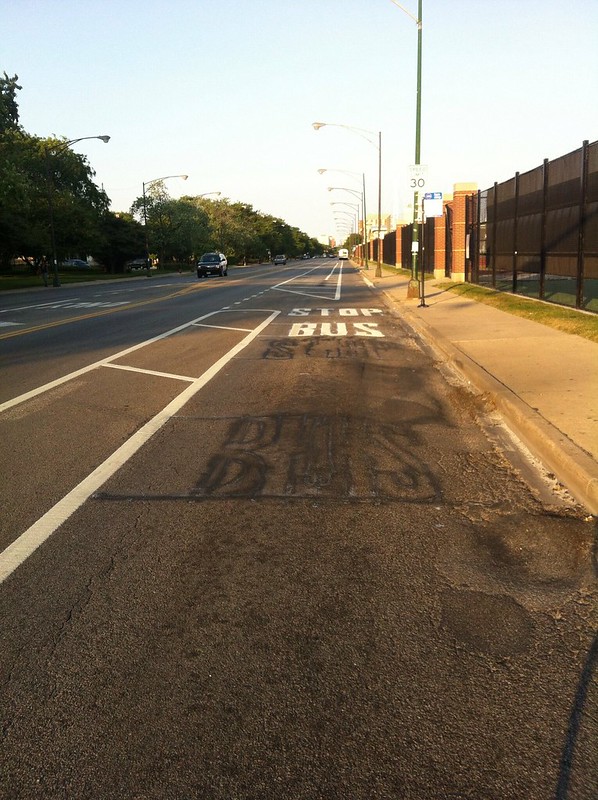
I arrived in Chicago in 2006 to attend the University of Illinois at Chicago for a sociology and urban planning degree. I visited home in Batavia, Illinois, quite often. I took route 60-Blue Island/26th from campus to Northwestern Station to catch the Union Pacific-West line to Geneva. I distinctly remember how decrepit these buses were (this route seemed to have the oldest ones in the fleet, 4400-series TMC RTS). They lumbered; they were dark inside; they had stairs to climb aboard; passengers who wanted or needed to use the ramp had to spend several minutes waiting for the ramp to deploy and then be elevated.* I don’t know how much was just old design, no upgrades being made, or broken down equipment.
That was at a time of major service cuts, fare hikes, and deliberations about new legislation determining how to fund the Regional Transportation Authority and the three service boards it oversees (Chicago Transit Authority, Metra, and Pace).
The Chicago Transit Authority made announcements this year that should ensure this won’t happen again. Continue reading New CTA buses and mid-life overhaul of more than 1,000 vehicles will avoid dismal situation 6 years ago
